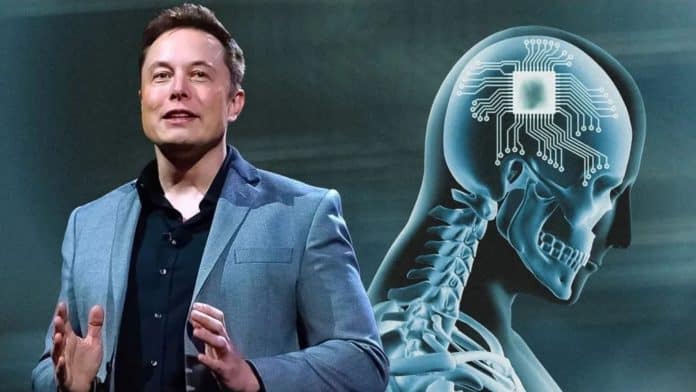Elon Musk’s Neuralink is at the forefront of pushing the boundaries of what is possible in the realm of brain-machine interfaces.
In the ever-evolving landscape of technology, Elon Musk’s Neuralink has emerged as a groundbreaking venture that seeks to bridge the gap between the human brain and artificial intelligence.
Among its ambitious goals, Neuralink aims to develop brain implant technology capable of restoring vision in individuals who were born blind.
This innovative endeavour raises a host of questions and considerations about the potential impact of merging the human brain with advanced technology.
Understanding Neuralink
Neuralink, founded by Elon Musk in 2016, is a neurotechnology company with a mission to enhance human cognition and address neurological conditions. The company is focused on developing brain-machine interface (BMI) technologies, which involve the implantation of small, flexible electrodes into the brain to establish a direct communication link between the brain and external devices.
Restoring Vision
One of Neuralink’s most notable and transformative objectives is the restoration of vision in individuals who have experienced blindness from birth. Musk has claimed that the technology could potentially enable people to see by bypassing damaged or nonfunctional parts of the visual system and directly stimulating the brain’s visual cortex.
How Does It Work?
The proposed Neuralink technology for restoring vision involves implanting electrodes into the brain, specifically targeting the visual cortex. This area of the brain is responsible for processing visual information received from the eyes.
By creating a direct interface between the brain and external devices, Neuralink aims to interpret visual information and stimulate the visual cortex, effectively restoring sight.
Challenges and Ethical Considerations
While the idea of restoring vision through brain implants is undoubtedly groundbreaking, it comes with its share of challenges and ethical considerations. The invasive nature of brain implants raises concerns about potential risks, such as infection, rejection, or unintended consequences in the delicate neural environment.
Moreover, the ethical implications of enhancing human capabilities through technology, especially in the context of consent and privacy, must be carefully navigated.
Potential Applications Beyond Vision Restoration
Although the restoration of vision is a key focus, Neuralink’s technology has broader applications. The brain-machine interface could potentially be utilized to address various neurological conditions, such as paralysis, neurodegenerative disorders, and mental health issues.
Elon Musk’s Neuralink is at the forefront of pushing the boundaries of what is possible in the realm of brain-machine interfaces. The prospect of restoring vision in individuals who were born blind represents just one facet of the potential applications of this groundbreaking technology.
The journey towards unlocking the full potential of the mind is undoubtedly an exciting and complex endeavour that will shape the future of neuroscience and human-machine interaction.













